Navigating Your Safety: A Detailed Breakdown of Cheekbone Reduction Risks
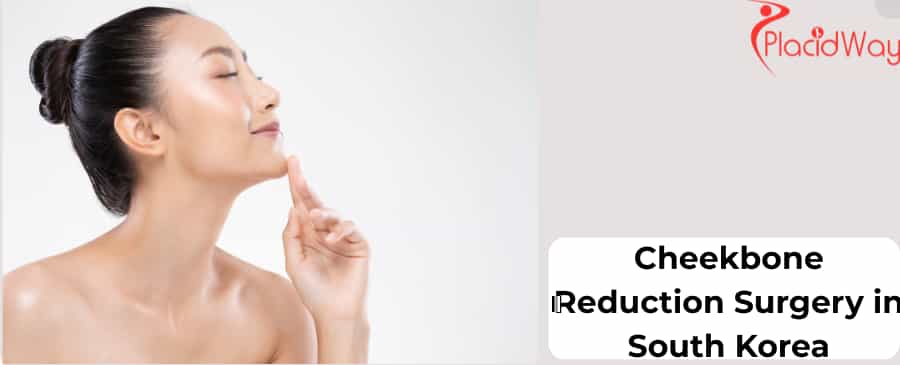
South Korea is globally recognized as a hub for plastic surgery, attracting thousands of international patients each year for procedures like the cheekbone reduction, also known as zygoma reduction plasty. This surgery can create a softer, more slender facial contour. However, like any major surgical procedure, it is not without its risks. Understanding these potential complications is crucial for anyone considering this transformative surgery. While skilled surgeons in top-tier clinics can significantly minimize these risks, being fully informed allows you to weigh the pros and cons and make a safe, educated decision about your health and appearance.
The decision to undergo facial bone contouring is significant. It involves altering the underlying structure of your face, which carries inherent risks ranging from temporary discomfort to more permanent complications. This guide will provide a comprehensive overview of the potential risks associated with cheekbone reduction surgery in South Korea, from the most commonly discussed side effects like sagging skin to more severe issues such as nerve damage and problems with bone healing. By understanding these risks, you can better prepare for your consultation, ask the right questions, and ultimately select a qualified surgeon and clinic that prioritizes your safety and desired aesthetic outcome.
What is the most common risk after cheekbone reduction surgery?
Cheek sagging is a primary concern for patients undergoing zygoma reduction. The cheekbones provide a crucial scaffold for the skin and soft tissues of the mid-face. When the size of this scaffold is reduced, the skin envelope may not fully retract, leading to a descended, more aged appearance. The likelihood of this happening depends on several factors, including the patient's age, skin elasticity, the amount of bone removed, and the surgical technique used.
Surgeons in South Korea have developed advanced techniques to mitigate this risk. Many now incorporate a lifting procedure during the surgery. This involves repositioning and securing the detached soft tissues and muscles to a higher point on the remaining bone before closing the incisions. This "internal lift" or "suspension" helps to prevent the soft tissues from drooping post-surgery, preserving a youthful contour. It's essential to discuss with your surgeon what preventative measures they take against cheek sagging.
Can the cheekbone fail to heal properly after surgery?
Cheekbone reduction involves cutting the zygomatic bone (osteotomy) and repositioning it. For the bone to heal correctly, it must be held perfectly stable in its new position. If the fixation is not secure, movement from chewing and talking can disrupt the healing process. Nonunion means the bone gap never fills with new bone, leading to a persistent fracture. Malunion means the bone segments heal in an undesirable alignment, which can create asymmetry or an unnatural shape.
To prevent this, experienced surgeons use high-quality, medical-grade titanium plates and screws for fixation. The placement and number of these fixation points are critical. A "triple fixation" method, securing the bone at multiple points, offers greater stability and significantly reduces the risk of nonunion or malunion. Pre-surgical 3D CT scans help the surgeon plan the precise cuts and fixation strategy to ensure a stable and successful outcome.
Is nerve damage a possibility with cheekbone reduction?
The infraorbital nerve runs through the area of the cheekbone and provides sensation to the mid-face. During a zygoma reduction, this nerve can be stretched, bruised, or, in very rare instances, severed. Most often, any resulting numbness or tingling sensation is temporary, caused by swelling and inflammation around the nerve. Sensation typically returns gradually over several weeks to months as the healing progresses.
The surgeon's skill and experience are paramount in minimizing this risk. A thorough understanding of facial anatomy and precise surgical technique are necessary to protect the nerve during the osteotomy and bone repositioning. While mild, temporary numbness is a relatively common side effect during the initial recovery phase, the risk of permanent damage is low in the hands of a qualified facial contouring specialist.
What are the aesthetic risks of cheekbone surgery?
Achieving the perfect aesthetic outcome requires both surgical precision and an artistic eye. The goal is to create a natural-looking, harmonious facial contour, not simply to reduce the size of the cheekbones. Over-reduction can make the face appear gaunt or aged, while under-reduction may leave the patient feeling dissatisfied. Asymmetry is another risk, where one side of the face looks different from the other after healing.
To avoid these issues, leading clinics in South Korea utilize advanced 3D virtual surgical planning. A 3D CT scan of your skull is used to create a digital model of your face. The surgeon can then simulate the surgery on the computer, planning the exact amount of bone to remove and the ideal final position to achieve a balanced, symmetrical result. This level of detailed planning significantly reduces the chance of an unsatisfactory aesthetic outcome.
Can cheekbone reduction affect my ability to chew?
The zygomatic arch, which is part of the cheekbone that is often reduced, is the attachment point for the powerful masseter muscle. Swelling and manipulation of this area during surgery will inevitably lead to temporary stiffness and soreness in the jaw. Patients are typically on a soft food or liquid diet for the first one to two weeks.
As the swelling subsides and the tissues heal, jaw function gradually returns to normal. In rare cases of malunion or improper healing, there could be longer-term functional issues. However, with proper surgical technique and adherence to post-operative care instructions, these complications are very uncommon. Most patients regain their full ability to chew within a month or two.
What are the general surgical risks involved?
While clinics in South Korea maintain high standards of hygiene and safety, these risks are inherent to any surgical procedure.
- Infection: Incisions are typically made inside the mouth and/or near the sideburns. Oral incisions carry a risk of infection from bacteria in the mouth. Surgeons prescribe antibiotics and provide strict oral hygiene instructions to prevent this.
- Bleeding/Hematoma: A hematoma is a collection of blood under the skin. While some bruising is normal, a large hematoma may require drainage.
- Anesthesia Risks: Modern anesthesia is very safe, especially with a board-certified anesthesiologist present. However, rare adverse reactions can occur. A thorough pre-operative health check is essential.
- Scarring: Incisions inside the mouth leave no visible scars. Incisions made in the hairline or sideburn area are typically very small and strategically placed to be well-hidden once healed.
How can I minimize the risks of cheekbone surgery in South Korea?
Your choice of surgeon and clinic is the single most important factor in ensuring a safe procedure with a successful outcome. Do not prioritize cost over safety and expertise.
Here's what to look for:
Ready to explore safe and effective plastic surgery options? PlacidWay connects you with a network of accredited clinics and experienced surgeons in South Korea and around the world. Let us help you find a trusted provider for your aesthetic journey.
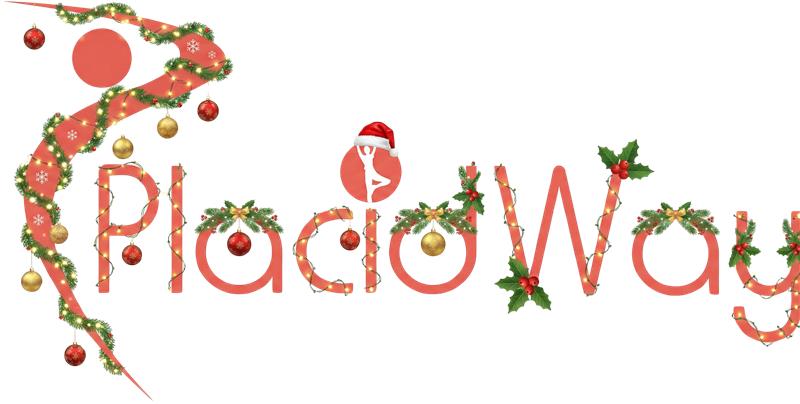

.png)







.png)
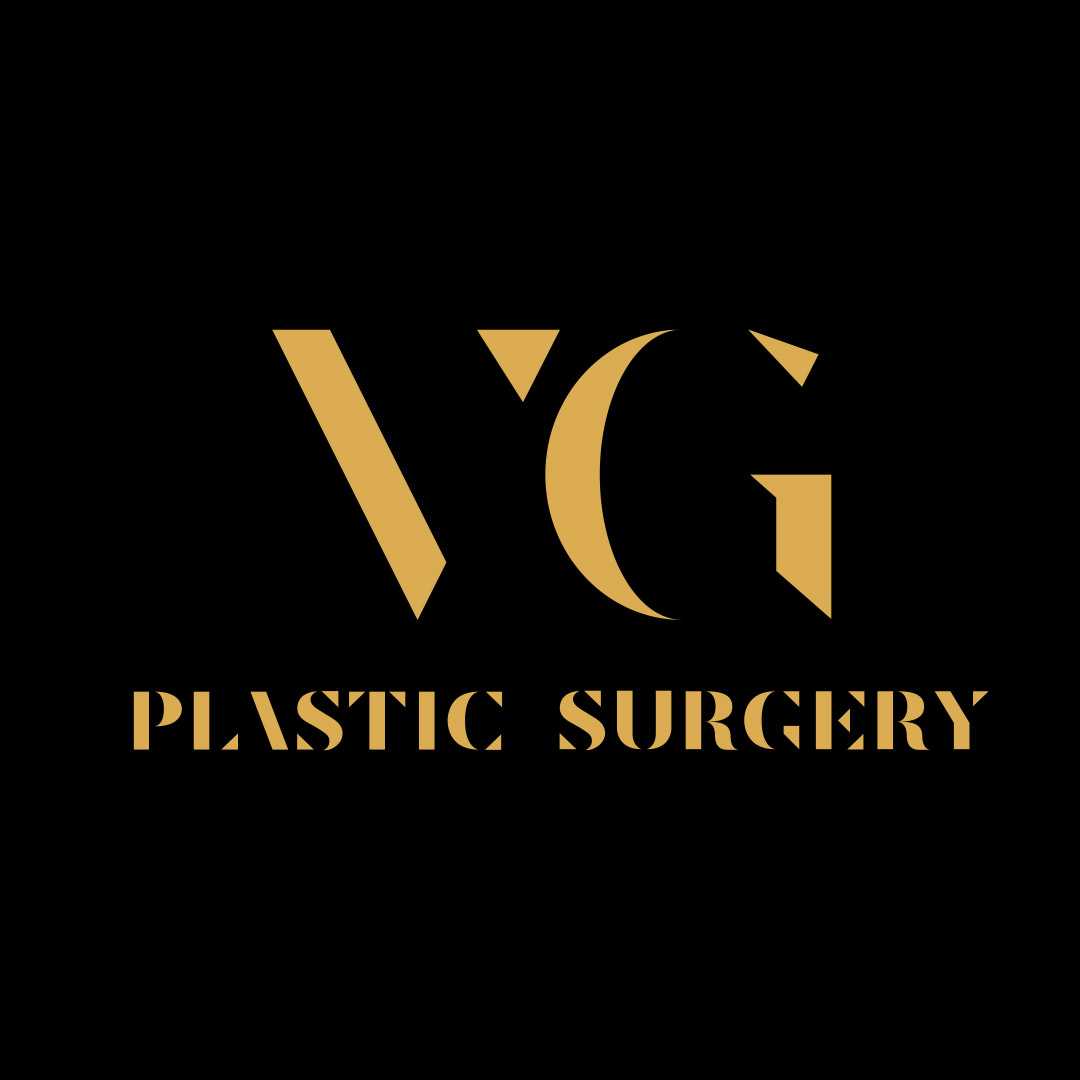


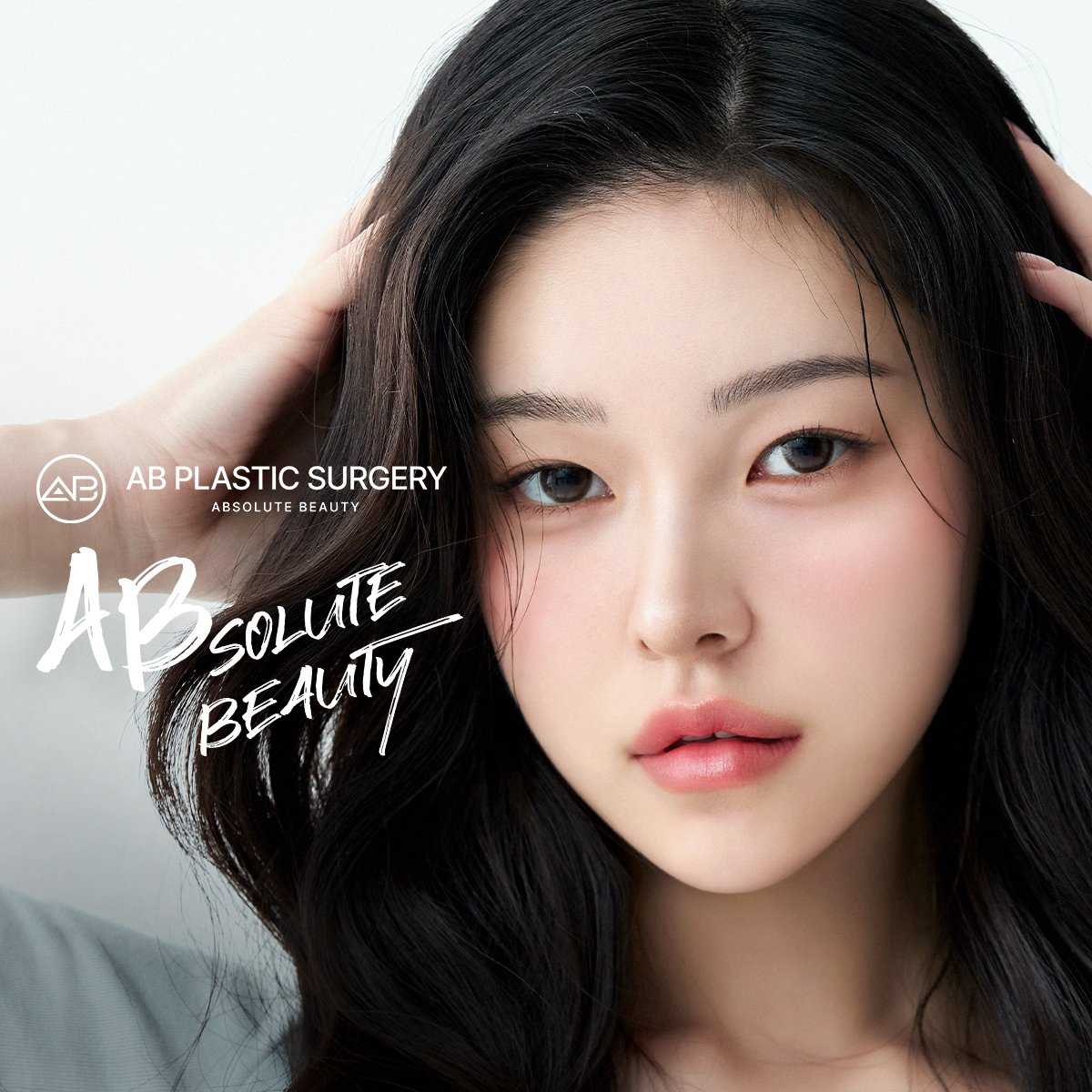
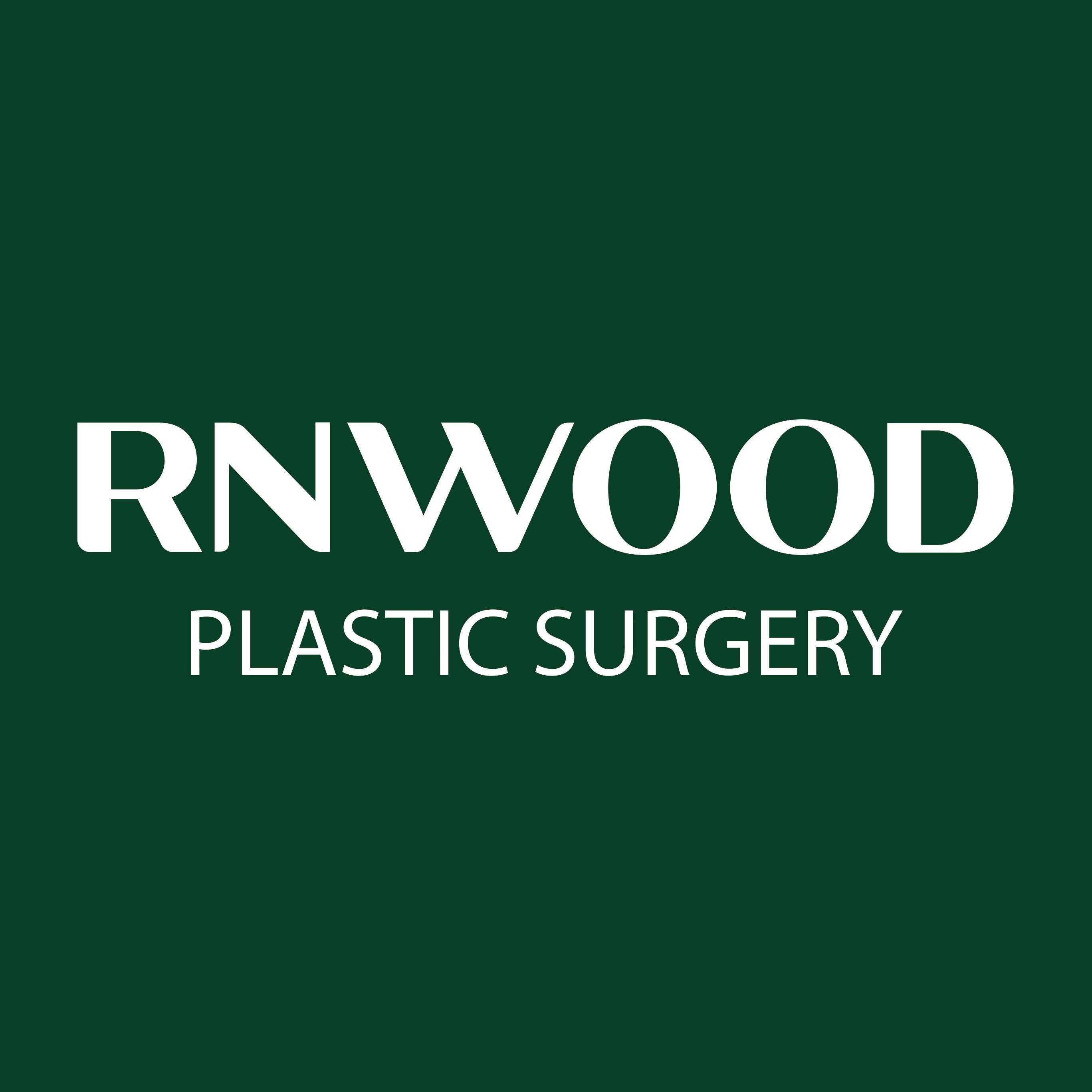

Share this listing